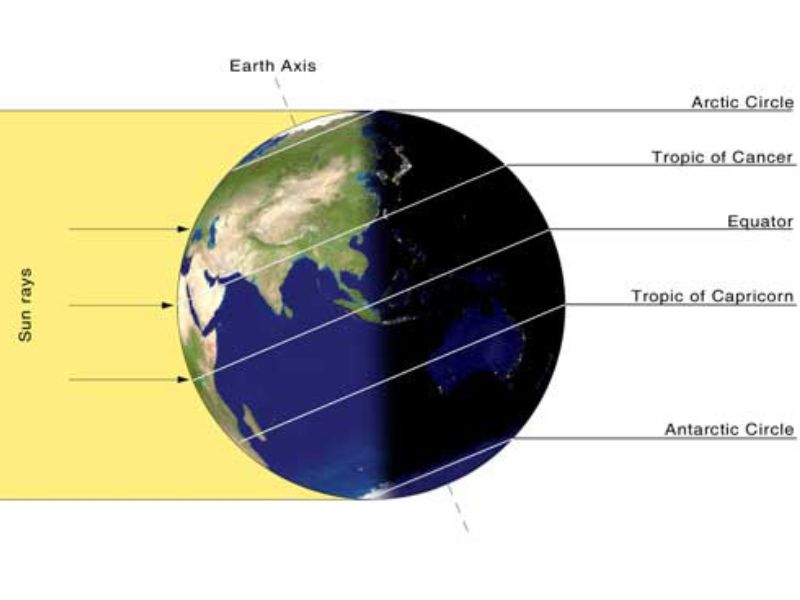
Earlier this week, the planet saw its hottest day ever recorded. This Monday, July 3rd, 2023, the average global temperature climbed to 62.62° Fahrenheit (17.01° Celsius), according to data presented by the National Centers for Environmental Prediction (NCPE). The following day, the 4th of July (United States’ Independence Day), the temperature hit 62.92° Fahrenheit (17.18° Celsius). On July 5th, the temperature average remained at 62.92° Fahrenheit.
To date, these three days are the highest global mean temperatures documented by the NCEP, which has been monitoring temperature since the year 1940. The previous record for the warmest average temperature was set August in 2016, when the global temperature averaged 62.4° Fahrenheit (16.92° Celsius).

Note: Each line represents a year between 1979 and 2023.
What Is the Hottest Day On Record
The chart above is a screenshot of the NCEP Climate Forecast System (CFS) version 2 (April 2011 – present) and CFS Reanalysis (January 1979 – March 2011) datasets’ estimates. By clicking on the screenshot, you’ll be directed to the actual graph, which is interactive.
The dark, bold black line on the graph represents the current year, 2023. This line peaks above all others, marking the new record high for average global temperature. But why? Several sources have suggested that the three consecutive temperature averages are a result of the return of the El Niño weather pattern, the onset of summer, and heat-induced by greenhouse gas emissions.
At a glance, 62.92° Fahrenheit may not seem very hot; after all, tropical and Mediterranean climates near the equator regularly experience temperatures upwards of 100° Fahrenheit during the summer. Regions along the equator are consistently among the hottest places are Earth due to their direct solar radiation received year-round.
Climates at the planet’s poles (the North Pole: Arctic Ocean and the South Pole: Antarctica) are the opposite: they receive the most indirect sunlight due to Earth’s curvature and axial tilt. The poles are at the globe’s axis, these two regions are largely frozen year-round and experience six months of continuous darkness. During summers months, the North Pole can be around 32 ° Fahrenheit (0° Celsius), and the South Pole, −18° Fahrenheit (−28.2° Celsius).
The combined warmr from the equator and cold from the poles kept the planet’s average temperature at approximately 57° Fahrenheit before the pre-industrial period (1880-1900). Since then, average global temperatures have been increasing as a consequence of greenhouse gas emissions and land alterations.

The effects of the hottest day of the year impacted billions of people across the world. In China, drought has stricken the north of the Yangtze River Basin. In Canada right now, the abnormal degree of fire activity this early early on in the May – October Canadian wildfire season has also added to the overall heat. Mexico’s health authorities have acknowledged that over 100 people have died from heat-related deaths during a sweltering heat wave. The largest number of deaths may be from heatstroke near the northern border state of Nuevo Leon.
Leave a Reply